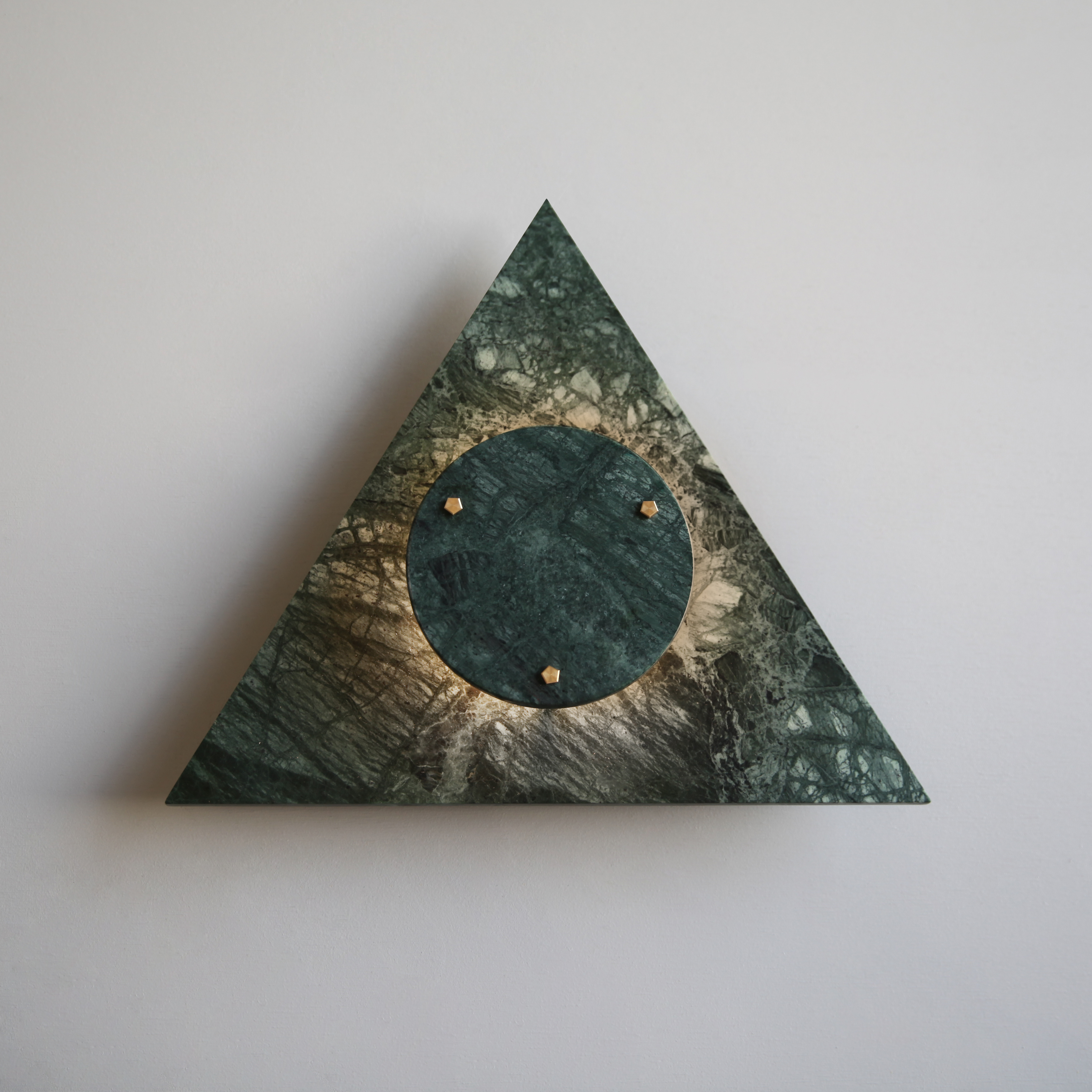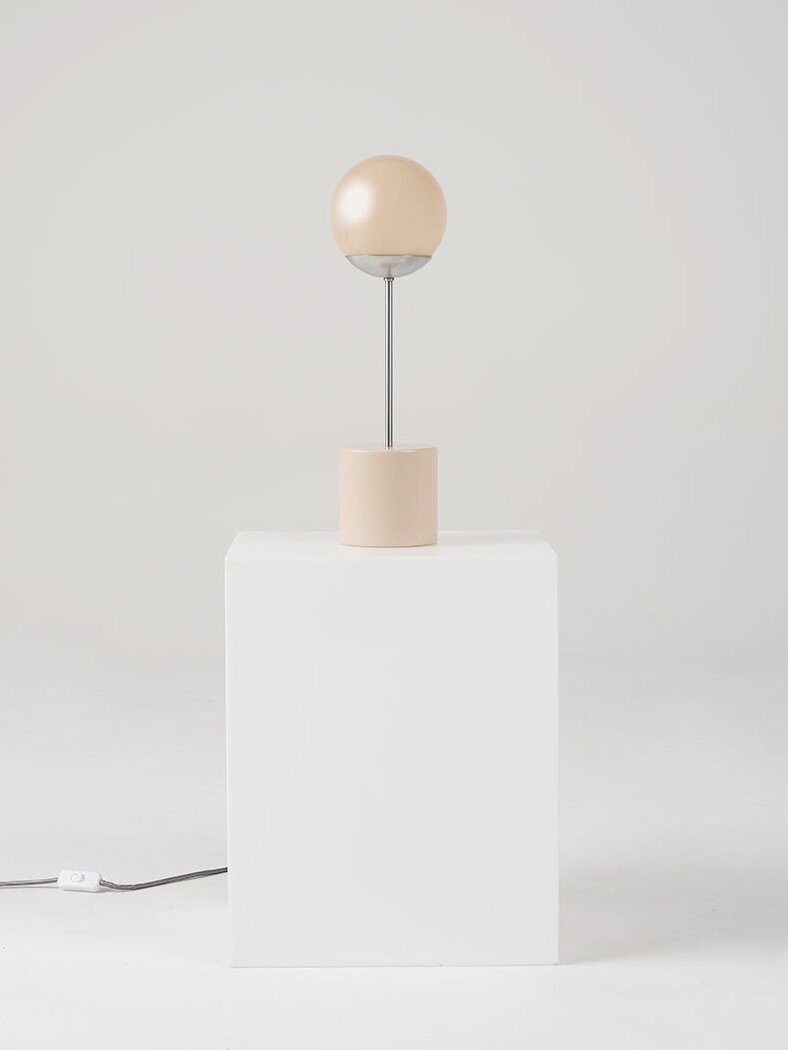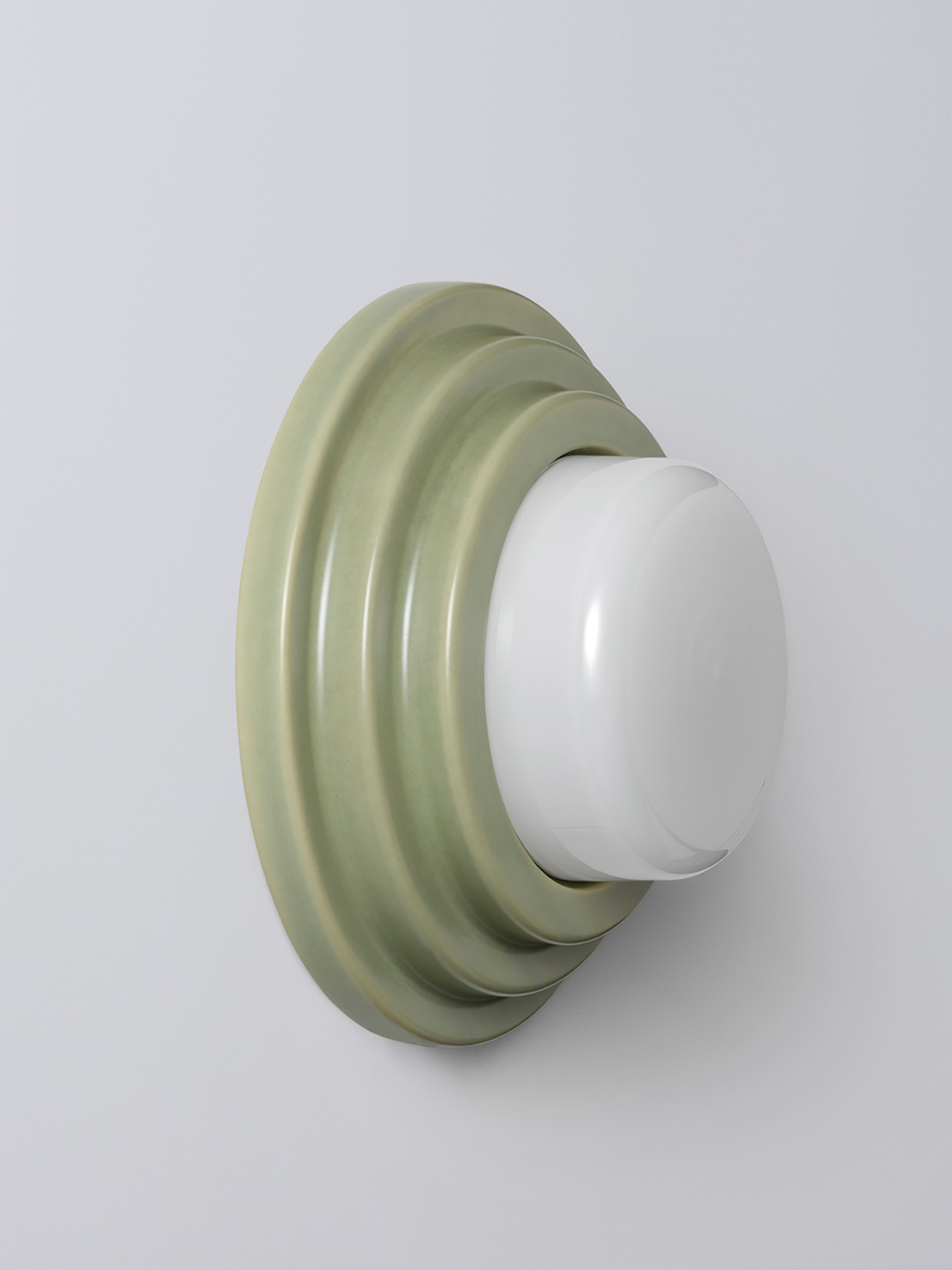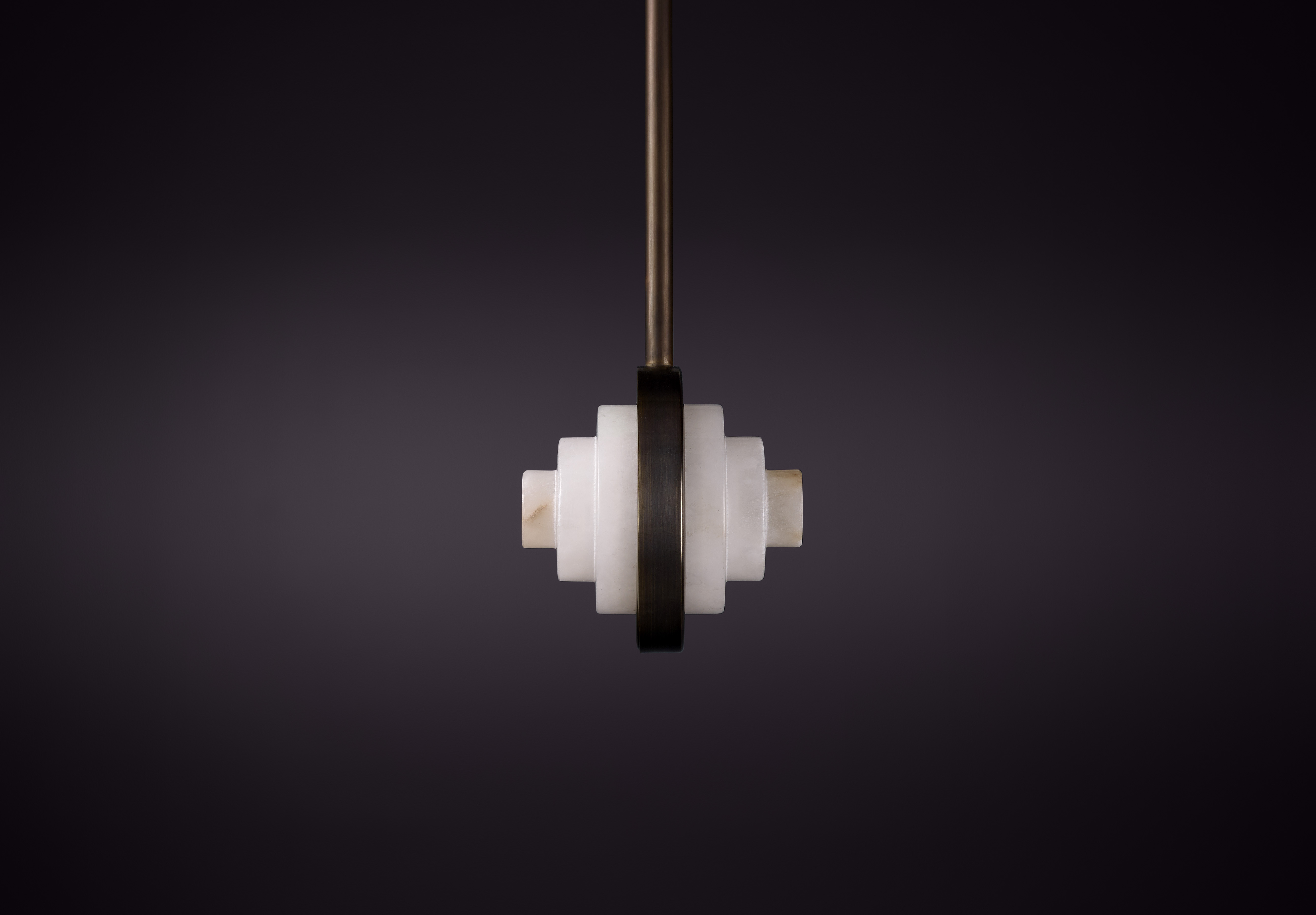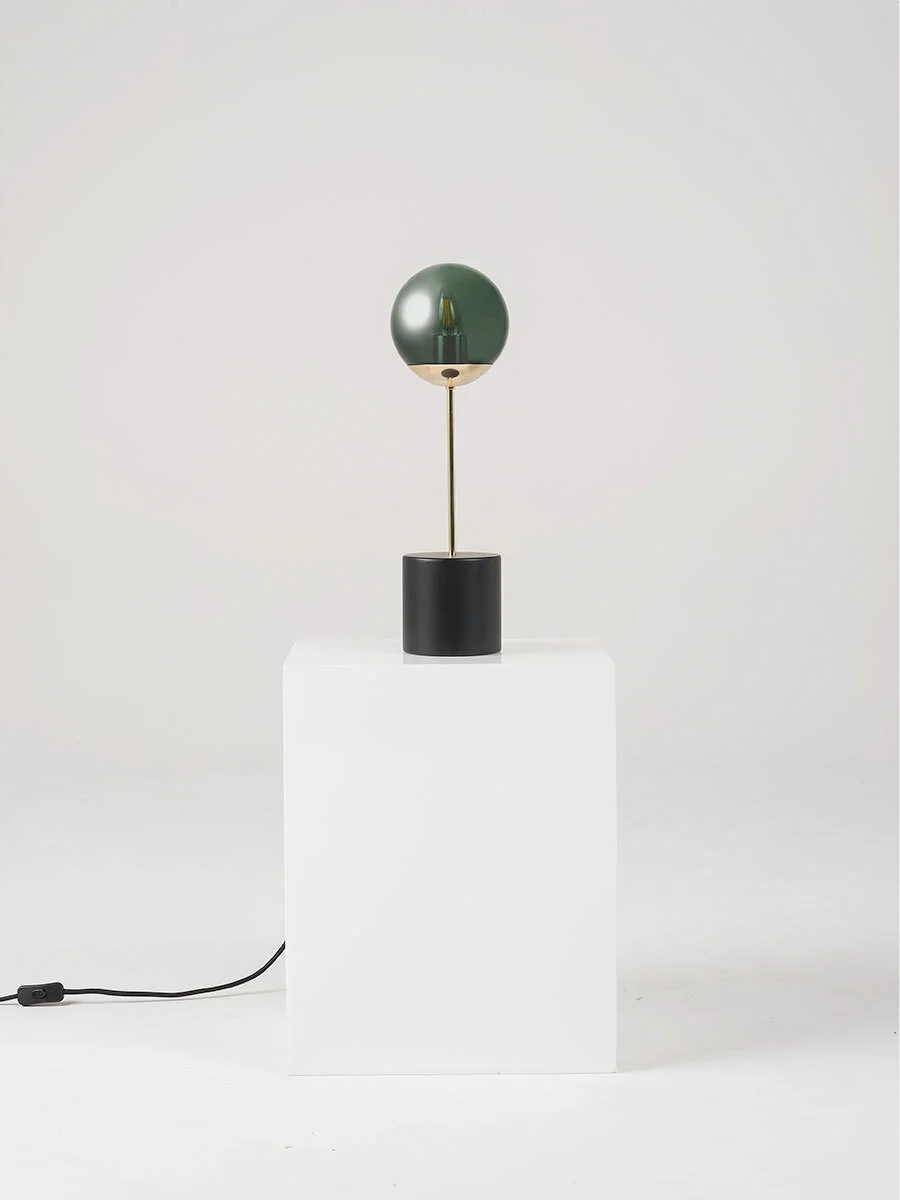Contemporary Australian Lighting Designs for Art Deco Interiors
We’ve put together a collection of contemporary Australian lighting options with an Art Deco emphasis.
We believe having the ability to incorporate beautiful and current pieces is an essential step in creating your own space within the parameters of a specific period. We have considered the visual aesthetic and core values of the Art Deco movement, as well as functionality in line with 21st century living, to find pieces that truly resonate and inspire options beyond the generic. Focus is on original design, craftsmanship, local production and the design features that define the Art Deco movement.
A Brief History of Art Deco
Art Deco elegance emerged as a response to the excessive decoration and embellishment of previous styles. It was an era where clean lines, symmetry and geometric silhouettes dominated. The emphasis was on new works that demonstrated a conscious move away from traditional styles and instead responded to innovation and industrial developments.
The origins of Art Deco trace back to the society of decorative arts, founded in 1901 in Paris. Its influence spans architecture, interiors, furniture, objects, fashion, and everyday products.
In Europe, Art Deco hit its peak in 1925 with the International Exhibition of Modern Decorative and Industrial Arts, sponsored by the French government. A natural progression to Streamline (also referred to as Streamline Modern and Ocean Liner style) and Early Modern style followed, encouraged by Corbusier, mass production and the concept that form follows function. By the 1930s, the streamline aesthetic had introduced materials such as chrome plating and Bakelite, along with smooth curves, horizontal lines and polished surfaces.
Salon, rue de Lota, Paris. Designed by Paul Ruaud with furniture by Eileen Gray C. 1920
Originally associated with luxury and glamour, designs often focused around rare or expensive materials such as ivory, silk, marble, furs and lacquered wood. Quality and craftsmanship were the pillars of the movement with inclusions of decorative inlays and highly detailed motifs.
Stylistically Art Deco incorporates a broad range of influences from art and other cultures, including Aztec designs, African art, Japanese techniques and Egyptian… everything! These influences were seen on Hollywood film sets, which further popularised the movement with an increased level of opulence, leading to an international demand for the style in domestic interiors.
Jacques Doucet's hôtel particulier staircase, 33 rue Saint-James, Neuilly-sur-Seine, 1929 photograph by Pierre Legrain. Staircase design by Joseph Csaky
Stair - Red Cross House for Building Publishing Co. Image: Sam Hood, 1938, Australia. SLNSW
Art Deco Lighting
Art deco emerged after Art Nouveau, where focus on beauty over function coincided with the commercialisation of incandescent filament lighting. This period saw glass artists, sculptors, metal workers and ceramicists turn lamps into art pieces and objects, in which primary functions were secondary. The Art Deco period established distinction around the role of lighting and put focus back on intended use and function. Concepts like direct and indirect lighting were explored by newly recognised lighting engineers, and the French periodical, lux, was established. Upside down shades directed light onto ceilings to create soft and diffuse ambient light. Purity of form and subtly was favoured over spontaneity, with simple lines and rich material use. Glass effects like sandblasting, etching and enamelling were developed, bringing coloured milkiness and frosted shades.
Lighting Your Space
Like anything, its easy to get carried away when presented with options. Before you start thinking about physical fixtures, have a plan of where and how you want to light you space. Consider the function of your lighting and not just aesthetics; how will the space be used and how do you want it to feel.
Ambient lighting is soft general lighting, a daylight replacement and base layer. Task lighting requires more direct light and accent lighting is all about mood and atmosphere, or highlighting a feature. You would usually incorporate more than one layer of lighting to create a complete solution for your space.
Some fixtures will provide more than one style of lighting, for example, a sconce could create ambient and accent lighting. You want to ensure that lighting adds value to your space and serves as intended. We have looked at fixtures that embody the function and beauty associated with the Art Deco movement to inspire cohesive and joyful spaces.
Wall Lights and Sconces
The Conical Wall Light is a minimal statement piece of intersecting forms, reminiscent of Art Deco silhouettes. The wall light is cast in solid bronze and can be mounted upwards or downwards for accent or ambient light. Pieces are made in small batches in Sydney by Studio Henry Wilson.
Soft yet structured, the Honey Wall Light steps towards a central hand blown glass shade in true Art Deco style. The contemporary interpretation, designed by Coco Flip, offers a diffuse and ambient glow. Finishes available are hand turned American White Oak and slip cast ceramic, hand-made in Melbourne through collaboration with local artisans.
Wall Stack 3 is a striking wall mounted fixture, and feature piece, that provides ambient lighting to the ceiling and walls. Symmetrical and layered pyramid shapes, presented in brass, produce a solid form without losing geometric details. Designed and made in Melbourne by Volker Haug.
The Bermuda Wall Light spoils us with its function as both light and sculpture. Bold geometric shapes are softened when lit, providing an ambient glow to surrounds. Marble adds texture and luxury to the minimalistic form by Marz Designs.
The Compact Wall Light will add a subtle sense of luxury to any space. The classic sconce from Douglass & Bec features elegant hand-blown glass globes offset with a brass or chrome mount. Available in several colours, it is easily integrated into a range of interior schemes for a touch of Art Deco elegance.
The Coral Wall Light is a stunning hand-blown clear glass fixture that produces a radiant halo. The Metal base shows off layered shapes and adds structure to the soft glass disc. The hand-made uniqueness of each piece by SØKTAS connects to the quality and craftsmanship the Art Deco era.
Statement Pendants and Chandeliers
The IRIS MONO Pendant is a commanding light with a strong Art Deco silhouette. A Luxurious combination of brass and alabaster proves for a delicate yet robust combination. The pendant from Christopher Boots is a statement of glamour; ideal as a standalone feature or grouped.
Oddments is an understated lighting system that will bring a sense of sophistication to your space. Each piece is made up of an elegant brass arc, balanced at each end with a spherical opal lamp, capturing a minimal yet opulent feel. The design allows you to choose and place components according to your spatial requirements and desired level of impact. Designed and made in Melbourne by Volker Haug.
The Jolly Double Rod Pendant effortlessly captures the clean lines of the streamline aesthetic. The pendant is available in a refined choice of finishes, allowing the striking piece to suit both formal and casual settings. The hand blown opal glass shades can be complemented by colour (shown here in eucalypt) or polished brass. Designed by Coco Flip.
The luminous hand-blown glass discs of the Coral Linear Rod create a simple and elegant pendant. A sense of fragility softens the geometry and rigid assembly. Available in blackened or raw brass to contrast the natural glow of the frosted glass curves. By SØKTAS.
Table Lamps
Studio Henry Wilson’s Block Sconce plays off simple shapes, mass and luxurious materials, turning the table lamp into a mood-setting object of desire. When lit, the forms are cleverly defined yet simultaneously softened by the naturally occurring colour, pattern and texture of the stone. Designed and made in Sydney.
Paying homage to sculptor Alexander Calder, the Line Table Lamp is a stylish balance of simple shapes. The playful yet chic piece, by Bec & Douglas, brings classic Art Deco shapes and finishes in an understated way.
Reminiscent of Doric columns and machined from solid brass, the Attalos Table Lamp emits a sense of opulence. The frosted globe echoes an Art Deco aesthetic while remaining timeless and reminding us of the beauty in simplicity. By Australian design studio Marz.
Links and Further Reading
Art Deco and Modernism Society of Australia
Architecture & Design - Art Deco Architecture, Buildings, Houses
Duncan, Alastair. "Art Deco Lighting." The Journal of Decorative and Propaganda Arts 1 (1986): 20-31.
Brown, Rachel and Lorraine Farrelly. “Historical Context of Materials and Interior Design.” Materials and Interior Design. 2012




